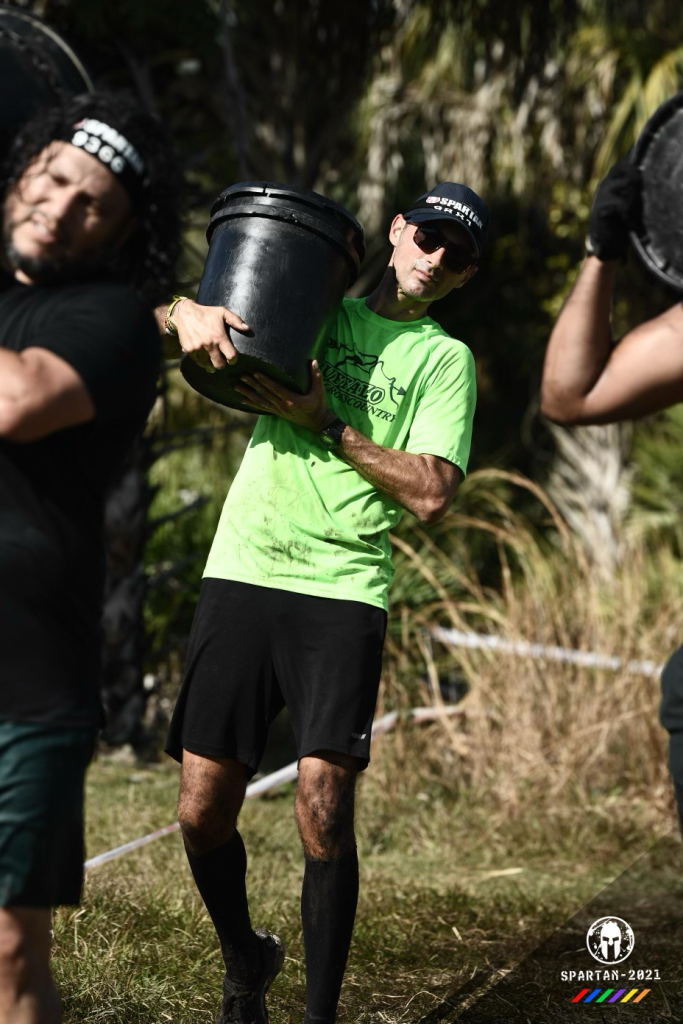From an August 2023 interview between Tyler Cowen an Paul Graham.
We think of the market mechanism as an information network: What information is considered important? In the world of business, profits are the important information and alpha erodes. To be successful then, your important information should be secret from someone else. This can be done by obscuring your information or by elevating something else for the competition. In Graham’s case the elevated information is “fashionable contemporary crap”.
GRAHAM: It sounds weird, but if you look at where the money’s spent at auction, it’s almost all fashionable contemporary crap because if you think about how prices in very high-end art are set, they’re auction prices. How many people does it take to generate an auction price? Two. Just two. So, you have boneheaded Russianswho want to have a Picasso on their wall so people will think they’re legit, or hedge fund managers’ wives who’ve been told to buy impressive art to hang in their loft so when people come over, they’ll say, “Oh, look, they’ve got a Damien Hirst.”
The way art prices at the very high end are set is almost entirely by deeply bogus people, [laughs] which is great, actually. When I was an artist, I used to be annoyed by this. Now that I buy a lot of art at auction, I’m delighted because it means there’s all this money. You see Andy Warhol’s screen prints selling for $90 million.
COWEN: Yes. Old masters can be, I wouldn’t say cheap, but I would say radically underpriced.
GRAHAM: A couple hundred thousand.
COWEN: Or even less for some good ones.
GRAHAM: Yes, I know because I buy them. [laughs] I used to be annoyed by this, and now I think it’s the most delightful thing in the world because there’s all this loose money sloshing around, and so-called contemporary art is like this sponge that just absorbs all of it. There’s none left. Some of the things I buy, I am the only bidder. I get it for the reserve price. No one else in the world wants it, or even knows that it’s being sold, so I am delighted about this.
The answer to your question, which artists are undervalued? Essentially, all good artists. The very, very, very famous artists, artists famous enough for Saudis to have heard of them — Leonardo, I would say, is probably not undervalued. But except for the artists who are household names — every elementary school student knows their names — they’re all undervalued.


